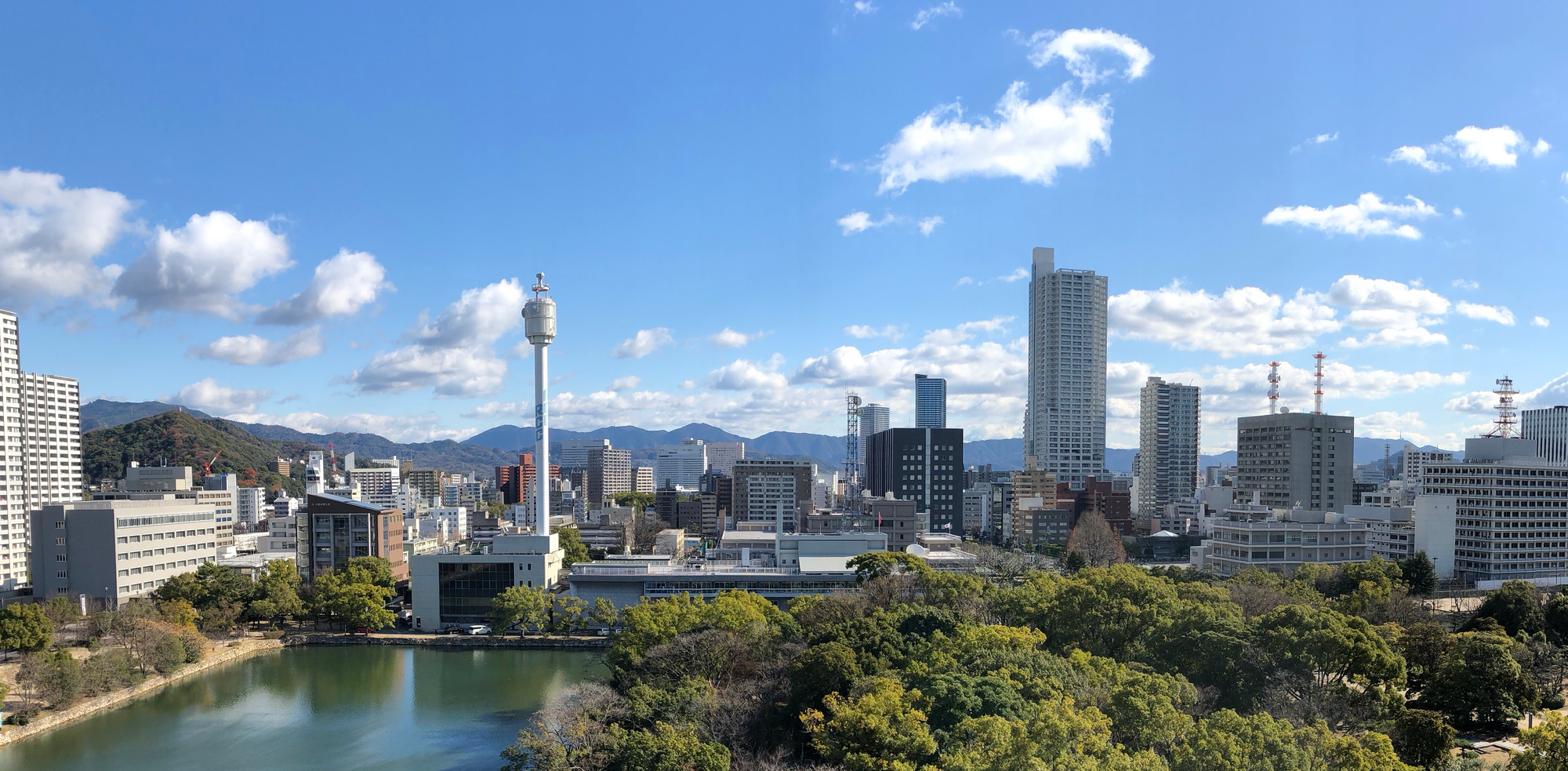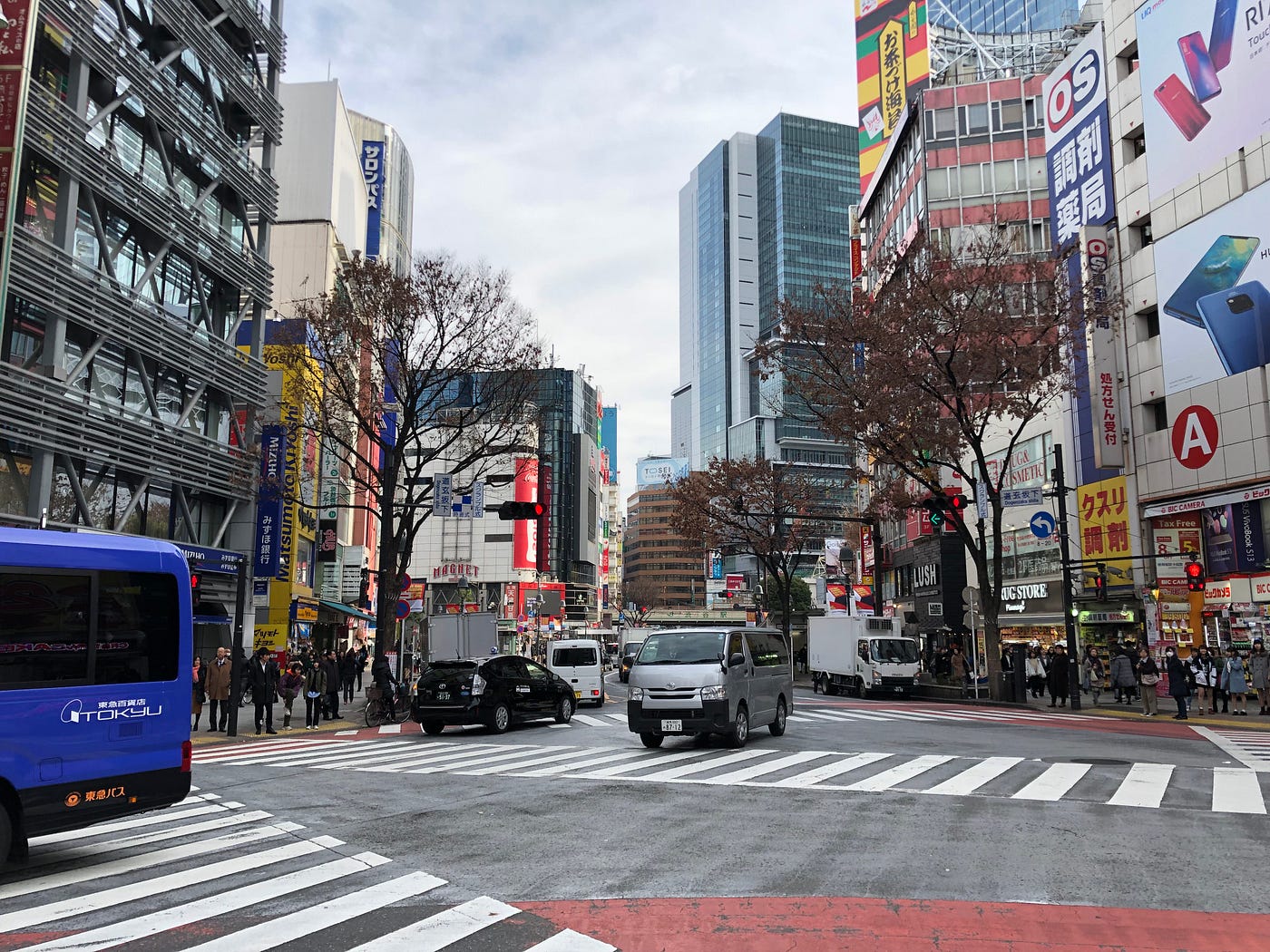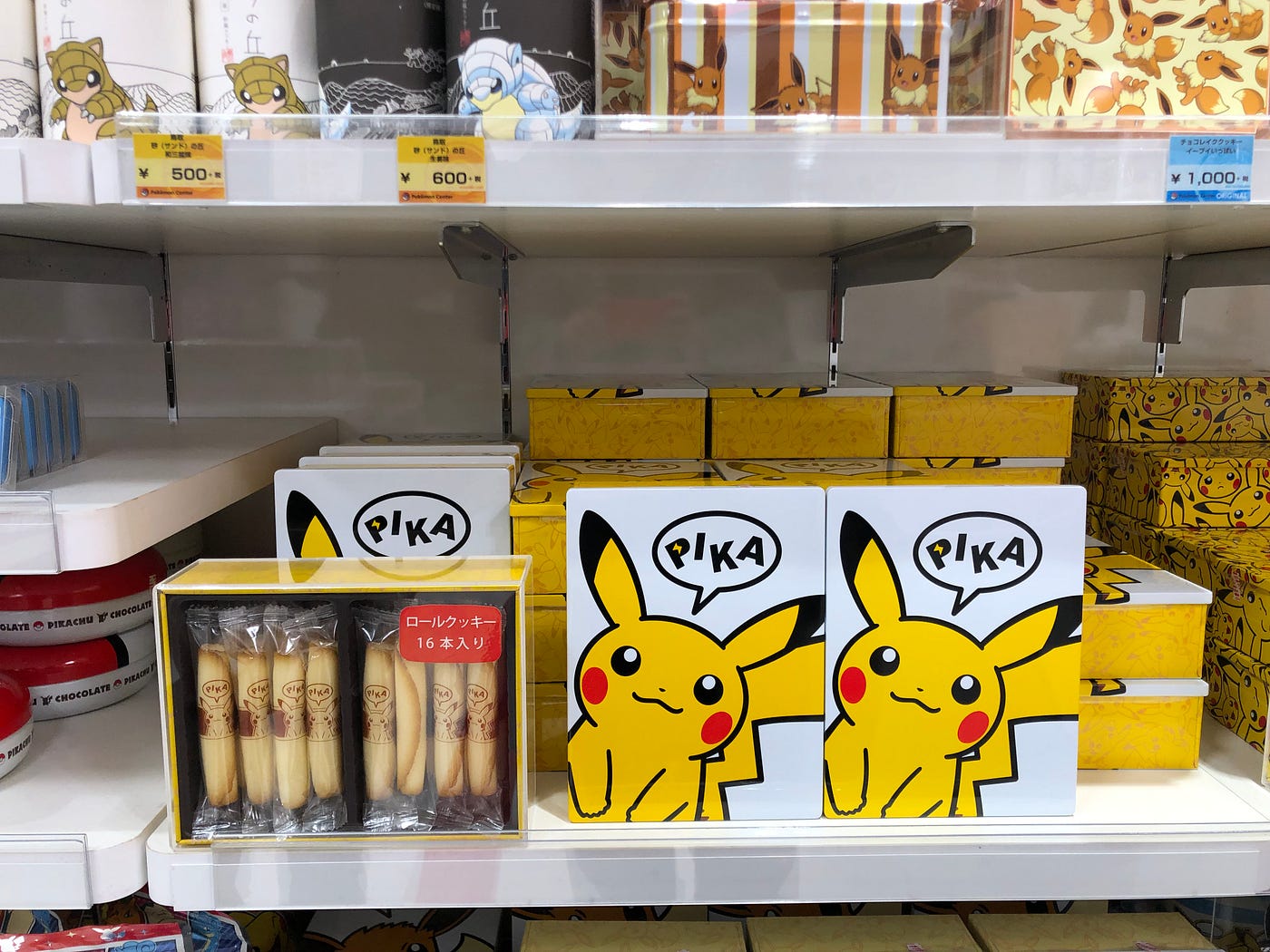A Gamer's Journey to Hiroshima
First stop: Pokémon Center

I have always been fascinated by Japan. I suppose that statement almost has to be true for most people, especially Westerners for whom any form of “Eastern” culture is considered exotic and mysterious. But just the other day, I was reflecting on the fact that my generation (I’m reaching the ceiling of what is considered a “millennial” — that is, anyone born between 1981 and 1996) is probably the first to have genuinely grown up with Japanese pop culture. Many will vividly remember the “invasion” of Japanese animation in the ’80s; for me, morning television in the late ’80s was perhaps a 70/30 split of Japanese and Western content (with the lion’s share of cartoons in Australia at the time being sourced from Japan). As well as kids’ cartoons, video games were a huge part of my childhood; Nintendo was for me what Disney was for my parents. I was born in 1983, the same year that Mario Bros. debuted, and the Nintendo Entertainment System arrived in Australia right around the time I was old enough to play video games.
It’s only now — at the age of 35 — that I’ve actually been able to travel to Japan and experience it for myself. For gamers, Japan — especially specific parts of the country like Tokyo’s famous Akihabara district — are something of a Mecca. As I write this, I’m almost halfway through my trip. My intention was always to write about the weird and wonderful gaming experiences I’m hoping to have here, but in truth, I think such wonders are going largely bookend the latter half of my travels (as I will be spending just over a week in Tokyo with the intention to hang around Akihabara and other gaming-related districts as much as possible). That said, my experience so far has been pretty interesting, and I thought it worth writing about. If you’ve been to Japan, then it’s unlikely I’m going to be dropping any new pearls of wisdom. But if you haven’t been — and especially if you’re a gamer (which, by virtue of being a visitor at our fine publication, I’ll assume you are) — then you may find something of interest here.

It probably makes sense to start by giving you a rough idea of my itinerary so far. I arrived in Tokyo via a direct flight from Melbourne, staying right in the heart of Shibuya for the first couple of days just to find my feet. From there, I took the Nozomi (Japan’s fastest Shinkanesen — or, bullet train) from Tokyo through to Hiroshima. The distance between these two cities is around 800 kilometres (give or take). The Nozomi effortlessly covers this enormous distance in just under five hours.

This is a particularly bizarre experience for an Australian; one, because we don’t have high-speed cross-country trains and two, because the journey from east-to-west in Australia requires a roughly 4 hour flight. Japan is impressively small in terms of geography, which means that you’re zipping between major cities in the blink of an eye — especially if you travel on the Shinkanesen.
Hiroshima
広島
I’m going to keep discussion about Tokyo to a later article because I think it requires dedicated space. For the purposes of this piece, the journey really begins in Hiroshima, which is the largest city in western Japan.

Hiroshima is obviously famous (or infamous) due to being the first city ever targeted by an atomic bomb in 1945. I won’t dwell on that here, although I could honestly write an entire piece just on this topic — I will say, though, that any visit to Hiroshima absolutely must include a trip to the Atomic Bomb Dome, the gorgeous Hiroshima Peace Memorial Park and especially the Hiroshima Peace Memorial Museum. The museum is equal parts fascinating (in terms of its clear dissection of the events of 1945) and haunting (in terms of the deeply personal stories of tragedy and survival that you will encounter). Suffice it to say, tears were streaming down my face as I explored the various exhibits within.
Given its fairly recent history, I find it remarkable that the Hiroshima of 2018 is so large, well-developed, and bustling. It’s full of life, and many of its historical landmarks have been restored or entirely rebuilt (including the lovely Hiroshima Castle). The city is a monument to human resilience, and the enormous care that has gone into preserving or replacing pre-war structures is incredible (and quite different from other ancient cities I’ve visited that have rushed to bulldoze historical sites and replace them with gleaming-and-soulless skyscrapers).
As I write this, I’m conscious of the temptation to write an entire travel guide on Hiroshima (if you’d like me to write more general stuff about Japan, let me know in the comments below). For now, I’ll focus on a couple of things that may interest you as a gamer.
Pokémon
ポケットモンスター
I have to start by saying that although I’m a gamer, my trip to Japan hasn’t been solely about gaming. However, it’s probably fair to say that Hiroshima is not a gaming Mecca — not like Tokyo, anyway. But that doesn’t mean there’s nothing gaming-related to check out.
The biggest — and from what I’ve seen, most impressive — gaming-related experience in Hiroshima is the Pokémon Center. You can find it on level 6 at the huge Sogo department store in downtown Hiroshima (6–27 Motomachi, Naka-ku to be specific).


As I’ve said on the SUPERJUMP Podcast, I’m not the greatest Pokémon fan in the world. But there’s something about seeing a massive PokéBall in the distance that drew my attention instantly. Actually, the Pokémon Center in Hiroshima is a large, dedicated store right near the Sogo toy department (which itself is worth checking out, honestly). The moment you wander in, you’ll be met with an almost blinding array of cuteness. From my perspective, what’s genuinely cool about the Pokémon Centre, is that there’s so much under one roof — perhaps you can purchase some of these items separately online, but it’s great to be able to find exactly what you’re looking for here. Of course, there are several walls of plushies, including a massive array of Pikachu dressed as other Pokémon. I’ve got to ask Pokémon fans out there: is that a thing? I mean, for Pikachu to dress as other Pokémon? It’s adorable, of course, but as you can see in the image above (on the left), Pikachu has this odd smirk…it’s as if he murdered said Pokémon and then fashioned their skin into an outfit. Or maybe I’m just imagining that. Hm.
Other than the plushies, you’ll find everything from lunch boxes and a wide variety of stationery through to travel-related merchandise, mugs, and even cigars (which I assume are chocolate, right?)

I also found — and unfortunately I don’t (yet) have a photo of it — a really strange Pokémon-related video game that kids were lining up to play. It was right near the cashier, and the area was very busy, so I didn’t want to jump into the crowd and get a photo. But if you can imagine a giant, arcade-sized screen (in a vertical/portrait orientation — like a big smartphone), you’ll already have some idea about how the game looked. There were several of these in a row, and from what I saw, they looked something like a bizarre mash-up of arcade game and Pokémon GO. A huge PokéBall appeared at the bottom of the screen but rather than flicking, the kids were smashing a huge PokéBall-shaped glowing button, which then flung the ball at the Pokémon. I did see something that looked like a battle, but I didn’t really get the chance to investigate further (although I did source an image from Yelp — you can see it below; this image is from the Pokémon Center Osaka).
Nintendo is ubiquitous
任天堂
Aside from the Pokémon Center, I didn’t come across many gaming-specific experiences in Hiroshima. There are many amusement centres (typically run by either Taito or Sega) — but I was saddened to find that these are simply full of various kinds of claw games where you can win massive plushies. I didn’t find any actual arcade games to play, despite the allure of the enormous Taito and Sega logos displayed prominently outside. I’m sure there are gaming arcades in Hiroshima, but I never came across them (and to be fair, I wasn’t specifically hunting them down).
But there was one other little, strange observation — at least, I found it strange. Or more accurately, surprising. Nintendo is obviously a huge global entertainment brand, but the company is far more ubiquitous in Japan than I had ever expected. You’ll find that most large department stores will contain at least one dedicated area for Nintendo merchandise. In some cases (like Sogo), this will typically be in the toy department. But if you visit my new favourite store, Loft (which, I guess, is primarily a homewares store), you’ll find some gorgeous Nintendo-specific displays. One Loft store I went to had two large Nintendo areas — one contained a selection of Nintendo-themed travel accessories, and the other hosted a pretty wide range of high-quality Nintendo merchandise (including everything from Piranha Plant slippers, to a giant Mario statue and a collection of Famicom Mini systems).
I hope you enjoyed this brief first entry in my Japan travel diary. I’m looking forward to delving into the gaming side of things further in future articles, but I’d really love your feedback on this first one. I’m especially interested to know what you’d like me to discuss in future if you enjoyed this.
